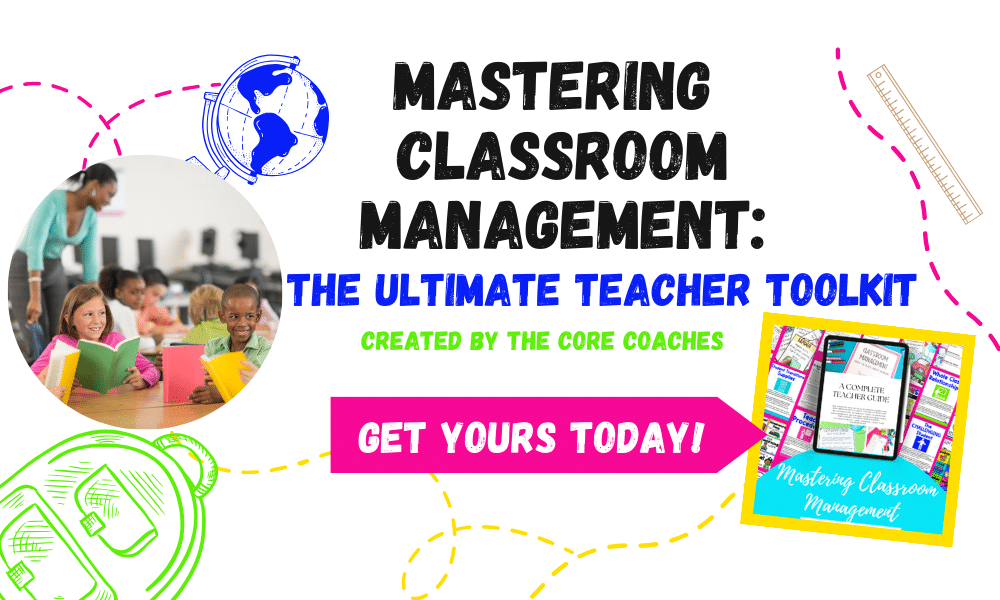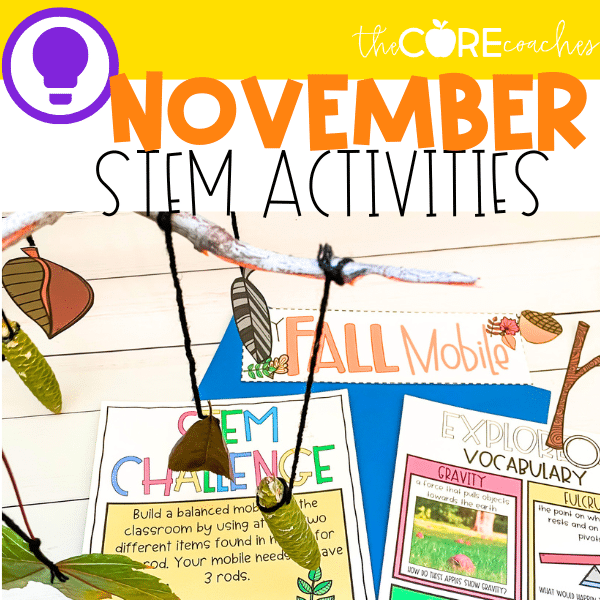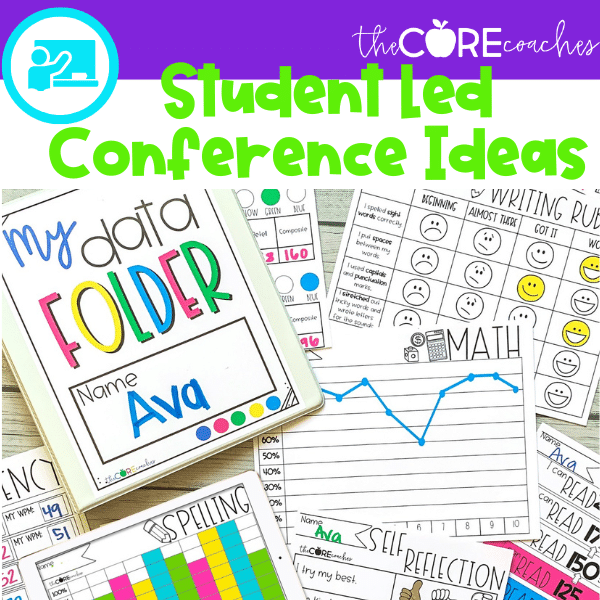Online Classroom Management
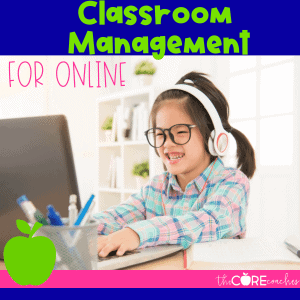
In the past, teachers only had one classroom to worry about managing. Teachers only had to know how to manage their students in person. The world is changing though, and when the world changes, education changes.
There was a time when schools were excited to have a school computer lab. One set of computers – for the entire school! Today, schools are now considered behind the times if there isn’t a computer for every student!
Digital learning is no longer a luxury – it is a necessity. The idea of students learning virtually is no longer a thing of the future – it is the present. Which means, teachers needing to manage only one type of classroom, is a thing of the past.
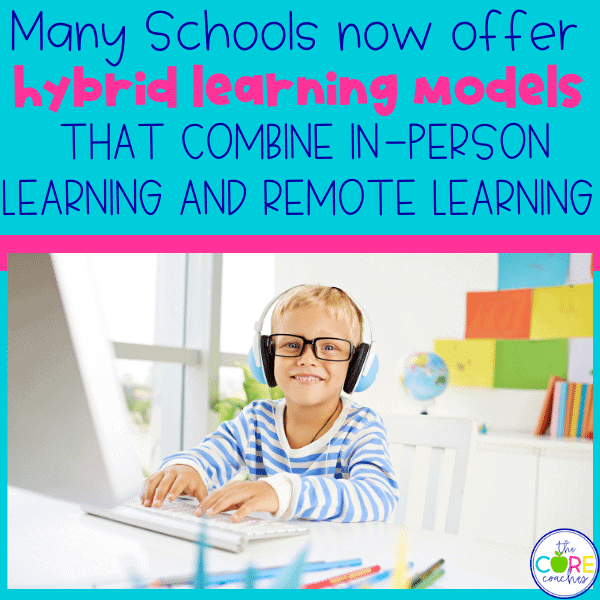
Many schools now offer hybrid learning models that combine in-person learning and remote learning. This could be for an entire year, or implemented on an as needed basis in emergencies like unexpected school closures (such as snow days).
Many students are also choosing only remote learning, which is pushing teachers to become primarily online teachers. Even in a traditional school environment, where students and teachers meet face-to-face everyday, most teachers use digital resources in one form or another.
So, whether you are an in person teacher or you are a fully remote teacher – there is a need for understanding online classroom management, in order to provide the most effective learning environment.
Online Classroom Management Tools
The same tools you’ve used to manage students in person apply to managing your students online. Routines or procedures, and student accountability can all be adapted as online classroom management tools.
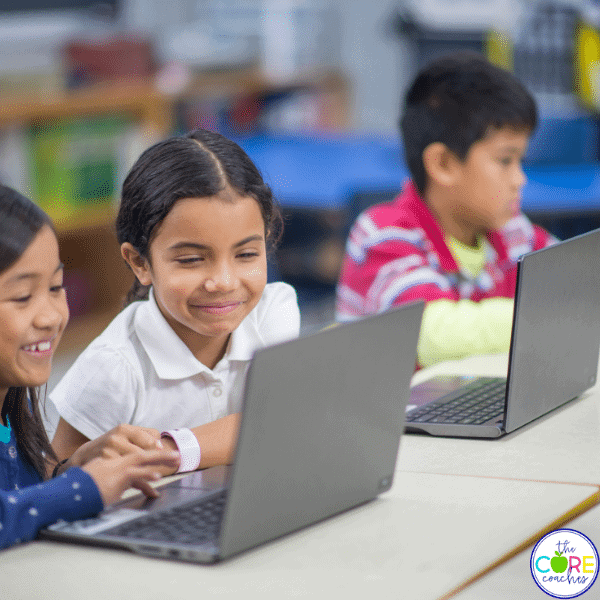
Most likey, you are already familiar with these elements of classroom management.. So what you may be wondering is, which of these tools should you use if you teach primarily face-to-face vs. if you teach completely online?
The truth is, regardless of if you are fully remote, hybrid, or fully in-person, it’s important to consider all of these traditional tools when implementing online learning. The main difference will be how much you focus on each tool, depending on your own classroom needs.
Routines & procedures
Having clearly defined routines or procedures is essential to effective classroom management. They provide explicit expectations and outcomes that help students know what to do, and HOW to do it! As a teacher, you probably already have set routines or procedures in your classroom. These might include routines for behavior – like how to line up for recess; routines for learning – like how to turn in an assignment.
Similar routines can also be created for the online learning environment.
One example we would have used in our classrooms is a routine for Digital Learning Quests. A Digital Learning Quest requires students to work completely online. They are expected to read directions, watch videos, and complete different learning activities. If we were still in the classroom, these are digital lessons we would plan to use several times throughout the year; therefore, creating a routine would help manage how students completed this activity.
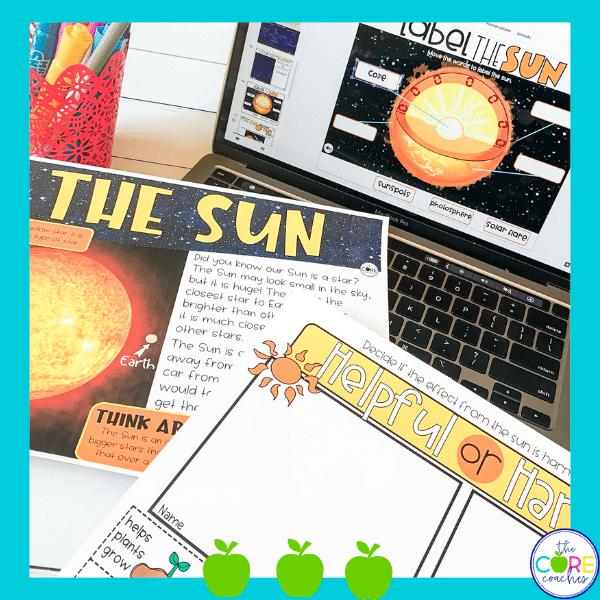
A possible online routine for a Digital Learning Quest may look like this:
1) Login to your computer & plug in your headphones
2) Open the learning quest in your Google folder
3) Make a Copy of the learning quest & add your last name to the title
4) Pause at the end of every slide to review your work
5) Upload your completed assignment
What online learning activities do you regularly use in your classroom? How can you create a routine for this activity? If you teach primarily online, what other routines could you create to provide your students with explicit expectations daily?
Student Accountability:
Student accountability is important because it requires students to take ownership in their learning. Regardless of in person learning or remote learning, this is important in classroom management. It asks students to consider how their behavior impacts their learning.
One way to help students stay accountable online is to use digital checklists. Digital checklists can be created in a simple Google Doc and adapted as needed for different tasks. This helps them not only stay accountable, but also organized.
If you are teaching a class that is fully remote, you may have a daily checklist. This daily list might walk students through each task for the day, requiring them to check things off as they go.
If you are teaching students in person, but completing a digital assignment, you could use a checklist as part of your routine. For example, if you had a routine on how to complete Digital Learning Quests, you could create a simple checklist to walk them through the steps. Before they submit the learning quest, they would need to double check that they completed all the requirements.
Regardless of whether students are fully remote or simply using the computers in your classroom, a checklist can be added to any assignment as a simple tool for accountability.
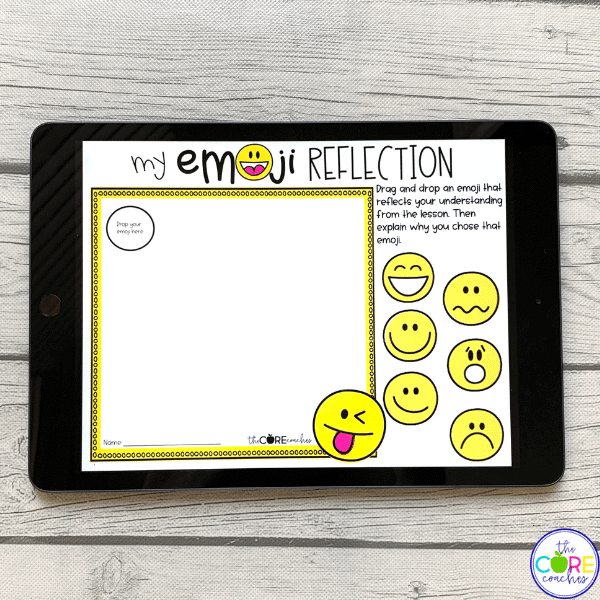
When managing classes online, routines or procedures and student accountability are two important places to begin. These are effective ways to provide clear expectations for what you expect from them as online learners. With clear expectations, students are more likely to engage with online learning in a positive and productive way.
If you are a fully remote teacher, or maintain a consistent hybrid classroom, you will also want to create online opportunities for students to build positive relationships with you and their peers. Positive relationships is a key component of effective classroom management – both in person and online.


